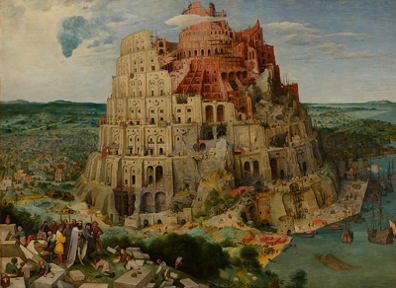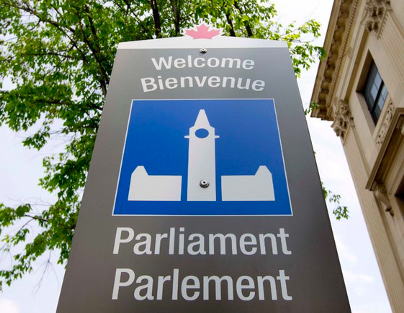Trouble with French Part 3: The home straight — Can you relate?
The trouble with French is that it’s so hard to learn that even the French couldn’t speak it—for years and years and years.
Hélas, the French have always had trouble with their French.
– At the time of the French Revolution in 1789, an estimated 50 percent of French citizens did not speak French at all. And only 12 percent spoke it ‘fairly well’.
– France was a Tower of Babel with the vast majority of French citizens speaking one of France’s many dialects or patois. Except in the larger cities, almost nobody spoke the French of revolutionary political debates and the administration.
This language diversity was seen as anti-democratic. The Revolutionary leaders felt it limited the ability of French citizens to practice their individual rights. The solution was for all dialects to be eradicated, and for French to be imposed on the population.

Tower of Babel
When primary school was made compulsory in the 19th Century, the state decreed that only French would be taught. Teachers were instructed to severely punish any pupil speaking in patois. ‘Vergonha’ is the Occitan word for ‘shame’. It was the policy of humiliation and discrimination used in schools to make French minority groups feel ashamed of their mother tongue.
As late as 2008 l’Academie francaise voiced its absolute disapproval of regional languages. It held that any recognition was tantamount to ‘an attack on French national identity’.
Although it may not yet have completely conquered the globe, English has gradually expanded on every continent. And French is definitely falling behind in the race.
Why?
Well, one of the answers is that Francophone regions outside of France are widely dispersed and isolated from each other. Take the examples of, say, Guadeloupe, Vietnam, Quebec, and Nouvelle-Calédonie They’re all thousands of miles apart, and without any direct lines of communication to other French-speaking countries. This makes it easy for the locals to abandon French for more useful languages when communicating with neighbouring countries.
The perennial debate about whether it’s French or English that’s more important, influential, and most useful goes on and on. From our 21st Century vantage point, let’s have a quick look back at the spread of French and English around the world.

French was once the key international language in Europe. It was the language of diplomacy from the 17th Century to the mid-20th Century. But it lost most of its international significance to English after World War Two when the United States became the dominant world superpower. Malheureusement, the Treaty of Versailles, was written in both French and English at the end of World War One. It was a portent of where things were headed.
In the 21st Century, French is well established in francophone Africa, and these countries are experiencing ongoing population explosions. The soft power and chic appeal of French should not be overlooked. The arts still had an important role to play in the world of culture, lifestyle, fashion, cuisine.

But it’s been on the skids in many countries where it was once entrenched. The days of its worldwide pomp and ceremony; the language of international diplomacy; and the voice of the world’s elite, are long gone.
Even in Vietnam, students have protested about having to learn French. They’d prefer to learn English. French has also been in a sharp decline in North America.
In the US, college applicants have leaned away from French as Spanish becomes the country’s dominant second language. In Canada, the overall percentage of French speakers is falling and the number of French students enrolling in English classes is climbing steeply.
The million-dollar question is, therefore:
Can French hold on to a place in the language race?
Find out more in the last of these articles: “AND THE WINNER IS… WHO CARES – do you?”
English has gradually expanded on every continent & French is definitely falling behind in the race – how will it fare on the home straight? Please share your thoughts in the comments below.
The trouble with French Series:
Part 1: The race is on
Part 2: Who’s winning?
Part 3: The home straight (this one)
Part 4: And the winner is… who cares?
Image credits:
1. In 1789, French in France was a Tower of Babel— Painting by Bosch2. A french classroom by Albert Bettanier 1887.
3. Dignitaries in Hall of Mirrors at the Palace of Versailles, France, to sign the Treaty of Versailles, June 28, 1919.








It’s enjoyable to learn more of the history of French – thanks, Ray. I find it interesting that the discussion is couched in terms of competition (a race, winning or losing) – why do you think this is?
Bonjour Kirsten,
Thanks for your comments. Who would know, but France and England have had a long standing love/hate relationship. Fortunately the “love” component seems to always be the strongest and most enduring element. But it may also have something to do with their perceptions of their relative importance on the world stage. From being the Big Three (US, UK & France in the 1800s and 1900s) to being somewhat much less important now.
Hope you enjoy the next of the four articles.
Merci encore.
Ray